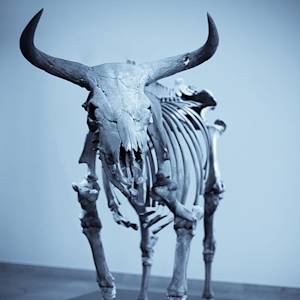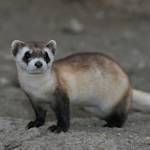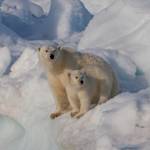Mule Deer And Elk Migration
1990 CE • Oregon, USA
When I was a kid in the 1980s and 1990s, I would visit my family in Central Oregon each summer. It's a very arid area, but it was full of wildlife. As a kid, my grandfather taught me how to identify the tracks of mule deer, elk, jack rabbit, coyote, and all the other animals that migrated through his property. I would follow the elk and mule deer tracks out into the High Desert just to see where they went. Then, a new highway went in. After that, new housing developments, resorts, swimming pools, access roads, shopping plazas. Now they have concrete barriers dividing the highway and asphalt where once there was only earth. The deer and elk can't migrate through any more. The die on the roadside; hit by passing cars. There are no more track to follow each summer.


Learn about Maya Lin’s fifth and final memorial: a multi-platform science based artwork that presents an ecological history of our world - past, present, and future.

Discover ecological histories and stories of former abundance, loss, and recovery on the map of memory.

Learn how we can reduce our emissions and protect and restore species and habitats – around the world.

See how art can help us rethink the problems we face, and give us hope that each one of us can make a difference.

Help make a global memorial something personal and close to home. Share your stories of the natural world.


